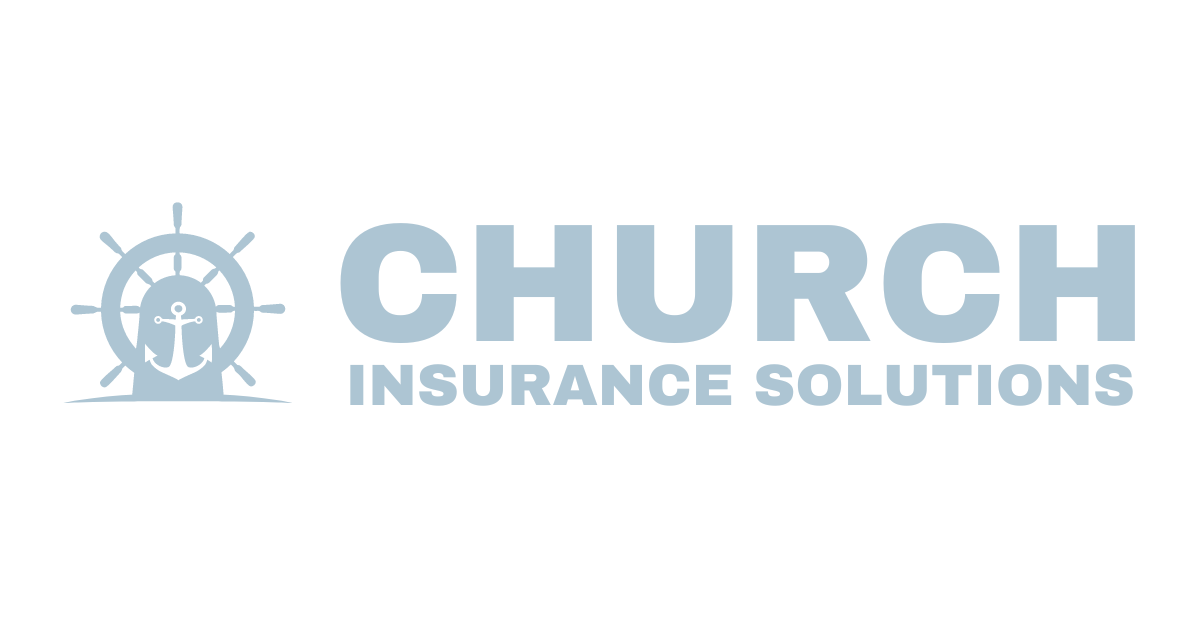The landscape of church insurance in 2024 will be markedly different from previous years, shaped by a confluence of factors leading to increased costs and changing market dynamics. This shift is primarily driven by reinsurance treaties, unprecedented losses from catastrophic events, and the long term affects of historical underpricing of property insurance for churches. In this post, we’ll delve into these challenges and outline strategies for churches to navigate this evolving insurance market effectively.
Understanding the Impact of Reinsurance Treaties and Catastrophic Losses
Recent years have unfortunately seen a massive surge in catastrophic events, resulting in all-time high losses in the insurance industry. The compounding of these losses year after year have significantly impacted reinsurance treaties that were just renegotiated. Essentially your insurance carrier goes and purchases reinsurrance as a stop gap on their losses. The increased risk has led to higher costs for reinsurers, which, in turn, are passed down to primary insurers, including those specializing in church insurance.
The Market Shift: Carriers Restructuring or Exiting
Carriers that have long specialized in insuring churches, several of which you are very familiar with and likely have used for decades, are now reassessing their position in the market. This is due to the dual impact of lower-than-average premium rates and escalating losses. It has been very common for church insurance markets to charge less property premium per $1,000 of property value than the rest of the commercial insurance market. For a long time, the law of large numbers allowed the insurance carriers to absorb the losses and still remain profitable with the amount of premium charged to it’s insureds. Unfortunately, this is not longer the case and we are seeing a huge shift in both pricing (premium cost) and product availability. This reassessment has led to some insurers exiting specific regions or ceasing to write church insurance policies altogether. The resultant decrease in market competition further contributes to rising insurance costs for churches.
Considering Policy Redesign
In this changing landscape, understanding and managing limits and deductibles is more crucial than ever. Churches must pay attention to what their limits of insurance are, what type of coverage is being offered (ie, replacement cost / ACV), Coinsurance penalties, deductible structures and the implications of these elements in the event of a loss. Carrying ACV and a higher deductible might lower premiums but can significantly increase out-of-pocket expenses when a loss occurs. Conversely, a lower deductible will in some geographical areas not be available and will almost always lead to higher premiums. It’s essential to find a balance that suits your church’s financial capacity and risk profile.
In 2024, many churches will face an extremely challenging insurance market characterized by rising costs, shifting carrier landscapes, and the need for more sophisticated risk management strategies. By understanding these challenges and working closely with specialized insurance professionals, churches can navigate this complex environment. By focusing on the right balance of deductibles, comprehensive risk mitigation, and proactive loss control measures, churches can better protect their congregations and assets in these changing times.
